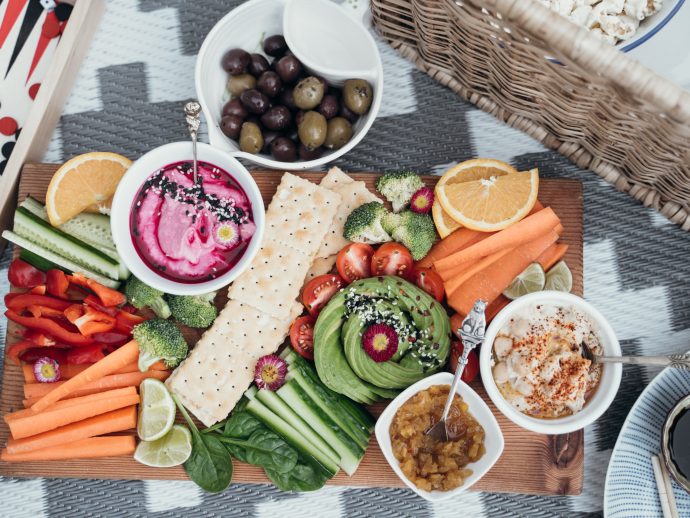Eat for life
The lifelong impact of a child's diet
Today, three-quarters of children and teens don’t meet many of health experts’ basic recommendations. And nearly one-quarter of these kids’ daily calories come from high-fat, high-sugar processed foods.
“The first five years of a child’s life is a period of rapid growth, when proper nutrition is essential for development,” says board-certified nutritionist Tara Bassi. “This period is also a crucial time when children develop eating behaviors that lay the foundation for their future diet and health.”
Unless corrected, your child will be paying for their early food habits for years to come. A poor diet is associated with several health concerns, such as:
- a weaker immune system
- an increased risk of mental health
- the risk of childhood obesity, which has tripled in the last few decades
Cooking up a healthy remedy
Registered dietitian Trista Best says it’s common for parents and caregivers to feel overwhelmed when it comes to their child’s diet. “Parents are inundated with information and opinions regarding when, how, and what they should feed their kids,” explains Best. “But we tend to overcomplicate their needs.”
If you want to motivate children to eat healthily, Best’s best tips are all about returning to the basics.
Fruits and vegetables
Children need four to six servings of produce daily. Teens need seven to eight servings. “Offer a fruit and/or vegetable at every meal,” suggests Best, “and introduce a new one every week. Don’t stress about them eating it. Simply place it on their plate and allow them to discover it for themselves.”
Whole grains
At least half of your child’s grain intake should be from whole grains. “Replace your child’s common refined carbohydrates with whole grains,” says Best. “Try to ensure they’re eating at least one form of whole grain a day.”
Protein
“Plant proteins, eggs, and dairy can provide an adequate amount of protein for your child,” says Best. “Getting protein at every meal can look as simple as adding a serving of legumes, nut butter, eggs, or yogurt.”
Keep it simple
“These may sound like difficult rules to follow,” says Best, “but all of them can be achieved by replacing your child’s afternoon snack with a piece of raw fruit like an apple or a banana; adding carrots and hummus to their lunch plate in place of chips; or opting for juice with natural sweetener rather than refined sugar.”
She also suggests reducing mealtime stress. “Try not to make food and mealtimes too stressful,” advises Best. “The more we build anxiety around food, the more likely our children will [be to] develop disordered eating habits.”
By Joshua Duvauchelle
Copyright © Alive Publishing Group Inc – All rights reserved

